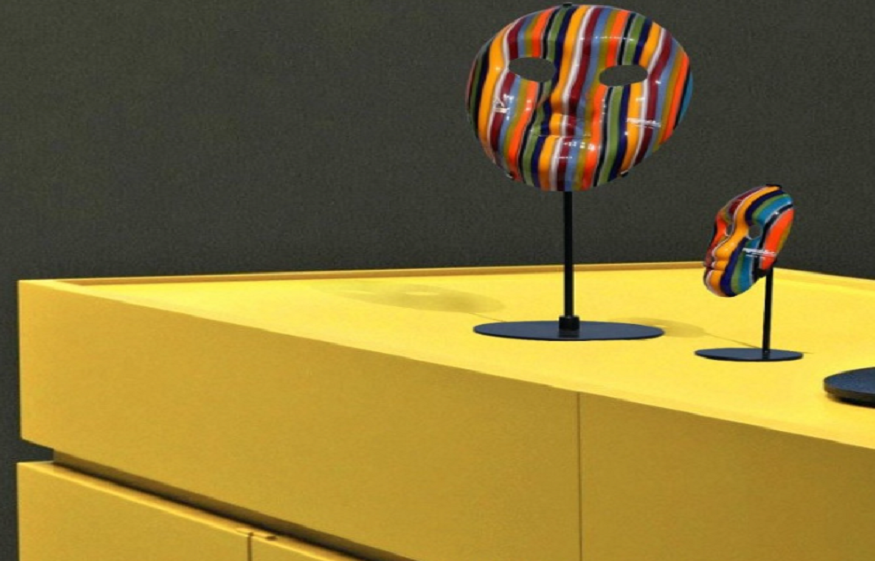Breathtaking landscapes, artistic buildings, and unique corners are the best features describing Venice. The island has always been of interest for its strategic position and its power over the sea. In the past, the city exercised the monopoly onprecious materials such as gold and silver, silk, and wood. Venetians were considered the gateway of commerce to the East powers: their ships were the safest to transport goods. With its system of streams and canals, and the protective lagoon surrounding the city, Venice is the most delicate and rare island known.
Among the many islands part of the Venetian lagoon, Murano stands out because of another flourishing sector: glass production. The secret techniques of glassblowing have been passed on from father to son, until Glass Masters nowadays can apply their knowledge to create refined and rare objects. Objects that are requested from all around the world. People interested in art and sumptuous decorations know very well the great value hidden beyond these very simple yet irreplaceable creations.
Among the breathtaking landscapes and outstanding artistical buildings, Venice has always been known for the Carnival as well. The first documented proof that the Carnival was celebrated was dated around 1100, but only in 1296 the Serenissima Republic officially declared the day festive.
The day before Lent was non-working from that date on. Back then, the Carnival of Venice was celebrated starting from 26th December until the Epiphany, even though festivities started at the beginning of October. During this period, any Venetian citizen could wear a mask and deride powerful and rich nobles, fantasizing about being at their same level. Stages were built in all the main places of the city: acrobats, musicians, and jugglers could make their performances here. Meanwhile, street sellers offered dried fruits, donuts, and many other sweets to their audience.
Years later, mask makers started to become a real profession and, at the same time, a way to express art. Among their creations, we distinguish several kinds of masks: “bauta” is a white mask worn with a tricorn, then “gnaga”was used both by men and women, and “moretta” was a mask supported by an internal button to be put in the mouth.
The Carnival of Venice is at its highest during the 18th century, becoming the most famous in allEurope. After the fall of the Serenissima Republic, foreign States forbid any type of celebrations and dressing up for all 19th century and a large part of the 20th century.
Today the Carnival is still celebrated in February, and you can admire many elegant costumes inspired at those lightning years. However, even if you do not want to celebrate it but keep a memory of such a famous event, you can check the Venetian Glass Masks in the catalog of YourMurano. These masks are the most representative symbol of Venetian traditions.
As seen earlier, Murano Glass Masters have refined their techniques, creating these magnificent works of art. Combining glassblowing techniques and the well-known Carnival party, Artisans created astonishing glass masks.

